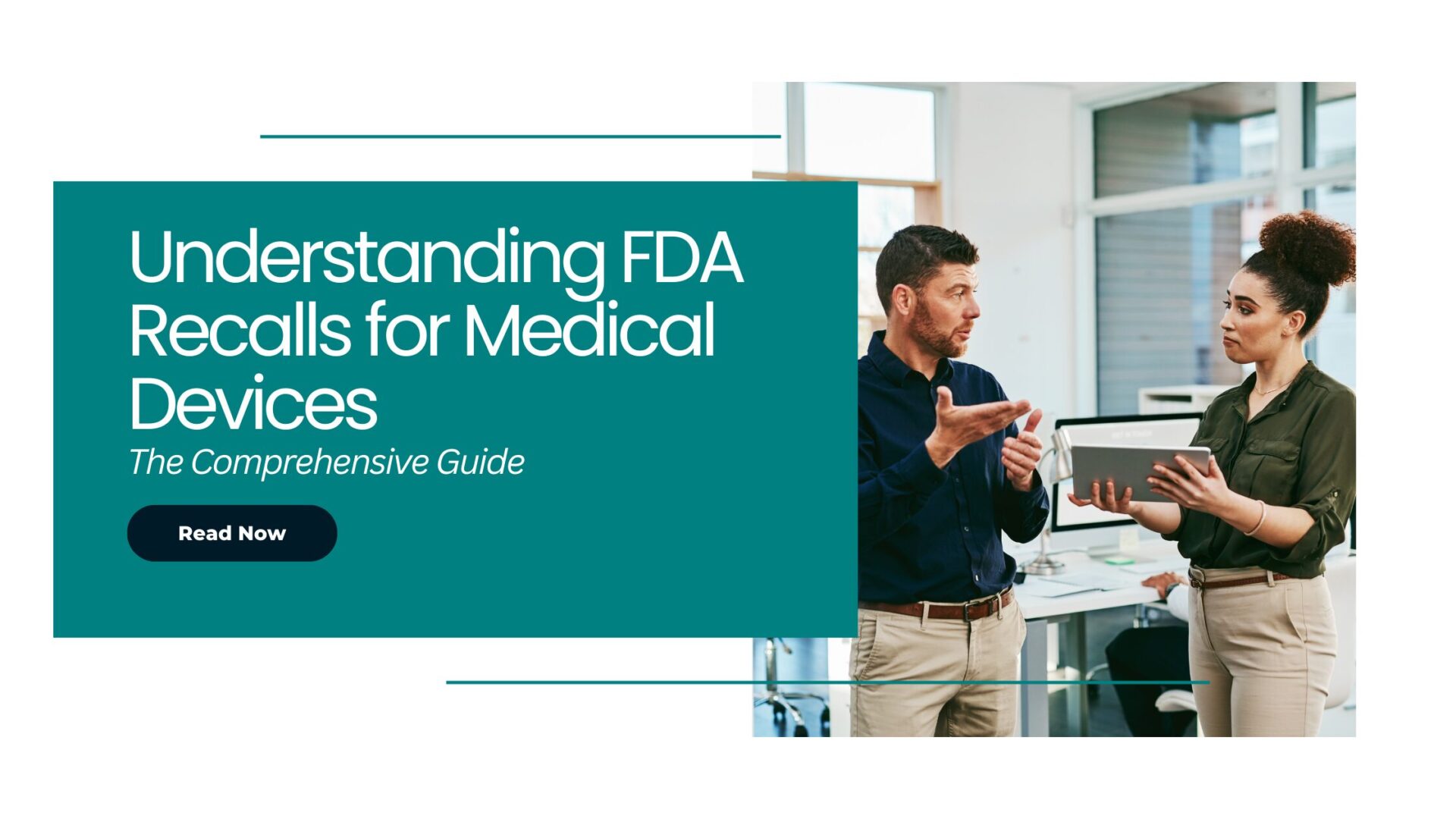The U.S. Food and Drug Administration (FDA) has made a historic move by granting approval for Opill (norgestrel) tablets as an over-the-counter (OTC) drug, a daily oral contraceptive. It is this decision that first time made a progestin-only oral contraceptive accessible without a prescription in the United States.
In this article, we delve into the significance of this approval, its potential impact on women’s health, family planning decisions, and the regulatory aspects that pharmaceutical companies need to consider, especially when pursuing an over-the-counter (OTC) drug approval.
Advancing Accessibility and Autonomy for Women
The FDA’s approval of Opill as an over-the-counter (OTC) drug brings hope for improved accessibility and autonomy in family planning decisions for women across the nation. With the recent overruling of the landmark 1973 Roe v. Wade judgment, access to abortion became restricted in many states. This is why ensuring the widespread availability of contraceptive options became even more critical to prevent unintended pregnancies.
Breaking Down Barriers to Access
By making Opill available without a prescription, the FDA aims to reduce barriers to access for millions of people in the U.S. who may face challenges in obtaining traditional prescription-based contraceptives. These barriers include lack of health insurance, healthcare provider shortages in certain areas, transportation difficulties, and social stigma. Taking into account that nearly 3 million pregnancies in the United States annually are unplanned, this step holds considerable promise in improving maternal and perinatal outcomes.
A Boon for Drug Manufacturers and Pharma Companies
For drug manufacturers and pharmaceutical companies, the approval of Opill as an OTC (over-the-counter drug) product presents a promising opportunity to tap into a vast and underserved market. However, it’s crucial to understand the regulatory implications and quality compliance required for such a switch.
Types of Rx-to-OTC Switches
The process of transitioning a drug from prescription to OTC (over-the-counter drug) status comes in two forms: full switch and partial switch. A full switch involves moving the entire drug product to nonprescription status, while a partial switch retains certain conditions of use as prescription-only and changes others to nonprescription status.
Data Supporting an Rx-to-OTC Switch
To gain FDA approval for an Rx-to-OTC switch, drug manufacturers must provide substantial efficacy and safety data demonstrating that the drug is safe for self-medication without professional supervision including the information on data collected via controlled clinical trials as well as safety surveillance conducted post-marketing.
Opill’s Approval Process
Here, in this section we will cover the following points –
- Clinical Data
- Benefit-Risk Profile
- Unintended Harms and Risk Mitigation
- Addressing Risks Through Labeling
- Favourable Benefit-Risk Ratio
- Potential Side Effects and Contraindications
– Clinical Data: A Mandatory Requirement
To gain FDA’s approval for an Rx-to-OTC switch, drug manufacturers must provide substantial efficacy and safety data demonstrating that the drug is safe for self-medication without professional supervision. This includes data from randomized, controlled clinical trials and post-marketing safety surveillance. In the case of Opill, the approval process involved multiple clinical studies, including
- Drug Facts Label Comprehension Study
- Targeted Breast Cancer Self-Selection Study
- Pivotal Actual Use Trial Self-Selection Phase, and
- Consumer Information Leaflet Comprehension Study
These studies aimed to assess consumers’ comprehension of the drug’s labeling instructions and their ability to safely self-select and use the product without professional assistance.
– Benefit-Risk Profile: A Crucial Deciding Factor
The decision to grant FDA approval for Opill as an over-the-counter daily oral contraceptive hinged on a comprehensive assessment of its benefit-risk profile. While the drug offers a promising solution for women seeking accessible contraception, potential unintended harms had to be carefully evaluated.
– Unintended Harms and Risk Mitigation
Some of the identified unintended harms associated with Opill usage include the potential worsening or recurrence of progestin-sensitive cancers, an increase in sexually transmitted diseases if condom use declines, and a delay in the evaluation of conditions manifesting as vaginal bleeding. These risks were acknowledged during the approval process.
– Addressing Risks Through Labeling
To ensure consumer safety and awareness, all identified risks are explicitly addressed in the labeling of Opill. The drug’s packaging and accompanying information contain clear instructions and warnings about the possible side effects and contraindications. This enables individuals to make informed decisions about the product’s usage.
– Favourable Benefit-Risk Ratio
Despite the identified risks, the FDA determined that the benefit-risk ratio for individual consumers of Opill was favourable. The potential positive impact of preventing unintended pregnancies outweighed the overall negative public health implications of the identified adverse outcomes. The product’s effectiveness in reducing unintended pregnancies was a significant driving factor in its approval.
– Ensuring Safe Usage
While Opill‘s OTC (Over the counter) status offers increased accessibility, consumers must be aware of the potential side effects, contraindications and certain precautions when using the product. Proper usage is crucial for optimal effectiveness, and interactions with other medications may decrease their efficacy, leading to unintended pregnancy.
– Potential Side Effects and Contraindications
Opill may cause side effects such as irregular bleeding, headaches, dizziness, nausea, increased appetite, and abdominal discomfort. Those with breast cancer or other cancer types should seek advice from a medical professional before considering the use of Opill. Furthermore, it is not recommended to combine Opill with other hormonal birth control products.
Conclusion
The approval of Opill as the first OTC (over-the-counter drug) daily oral contraceptive in the U.S. is a crucial milestone in advancing women’s healthcare and family planning choices. This decision not only offers increased accessibility to effective contraception but also provides drug manufacturers and pharmaceutical companies with a unique market opportunity. For manufacturers venturing into this new landscape, ensuring adherence to regulatory requirements and upholding high-quality standards will be of utmost importance. As Opill becomes more widely available, it has the potential to substantially reduce the number of unintended pregnancies and positively impact public health outcomes.
Reference: Economist





















